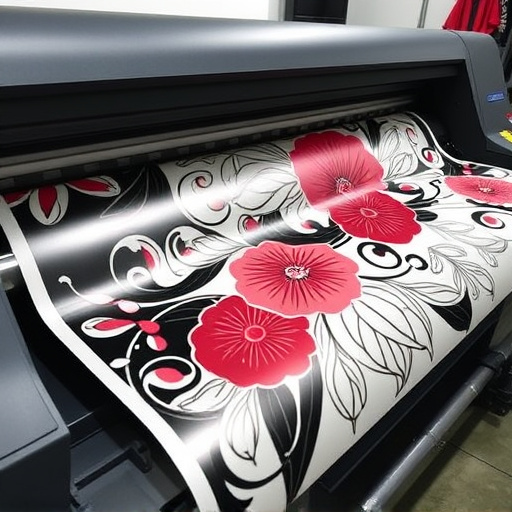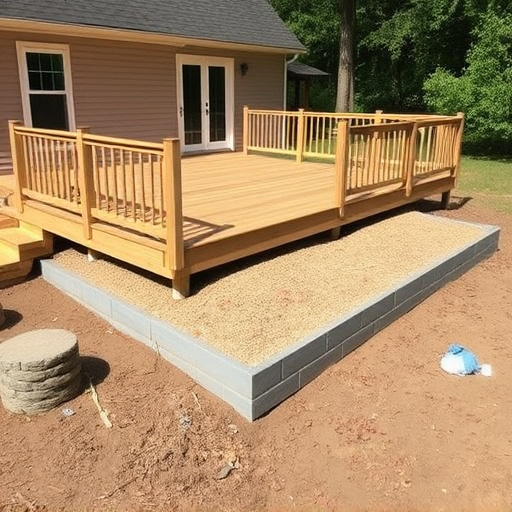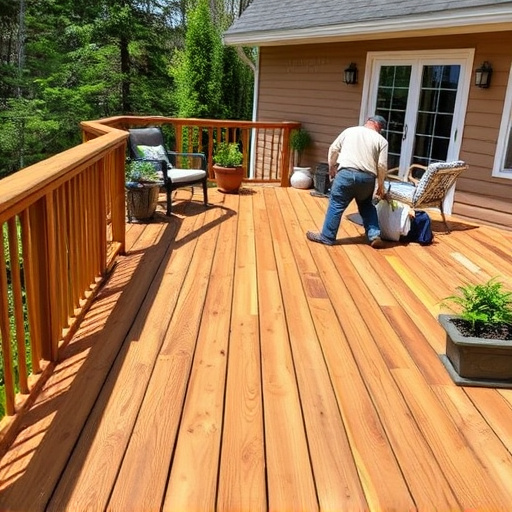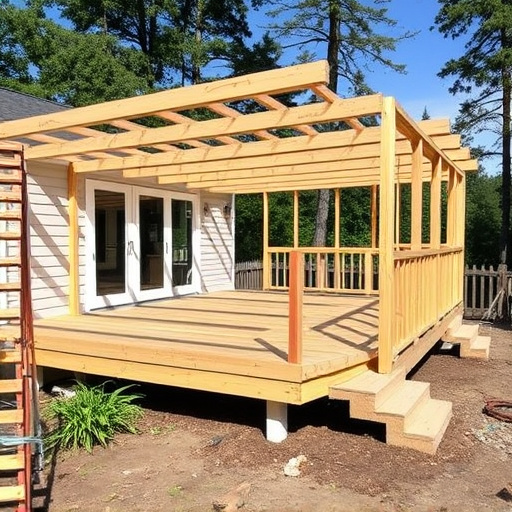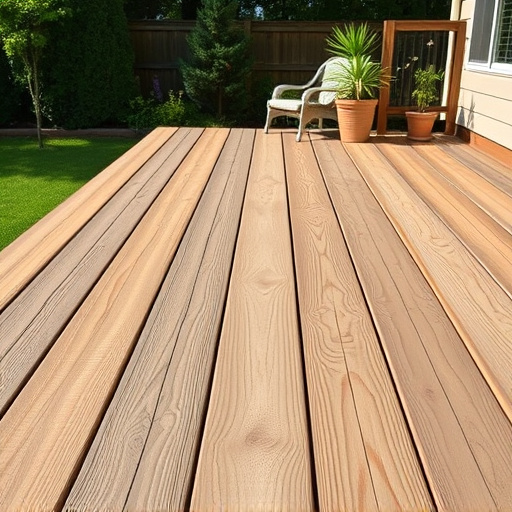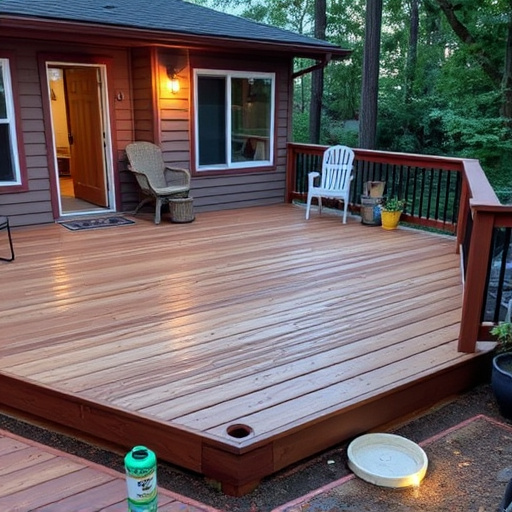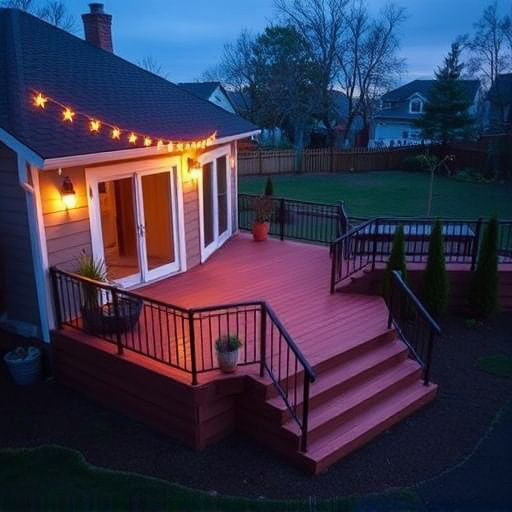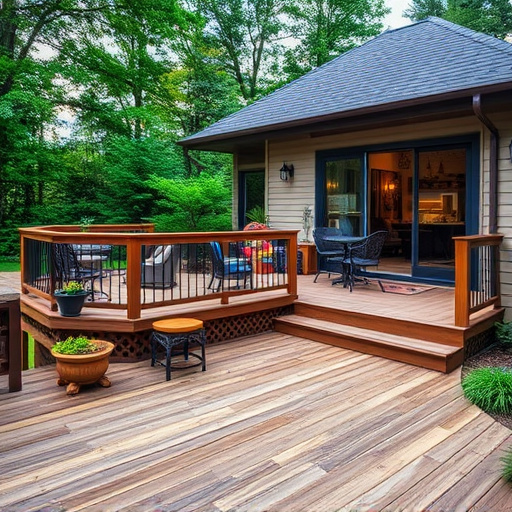In commercial decking, adhering to complex regulations is vital for successful projects, ensuring safety, longevity, and compliance with local building codes. Developers and contractors must balance structural integrity, aesthetic appeal, and functional considerations. High-quality materials like treated wood, composite decking, and aluminum prioritize durability. Storm-resistant surfaces protect against harsh weather conditions. Safe installation practices, including material selection, surface treatments, inspections, and repairs, enhance structural integrity and user safety, maintaining property value and fostering safer built environments.
Commercial decking, a vital component of modern spaces, requires meticulous planning to meet safety and code standards. This article delves into the intricacies of creating robust and compliant outdoor structures. We explore essential aspects like understanding regulatory requirements, selecting durable materials, and implementing best practices during installation and maintenance. By adhering to these guidelines, businesses can ensure safe, long-lasting commercial decking that enhances any environment.
- Understanding Commercial Decking Requirements and Regulations
- Material Selection for Safe and Durable Decks
- Ensuring Compliance: Installation and Maintenance Practices
Understanding Commercial Decking Requirements and Regulations
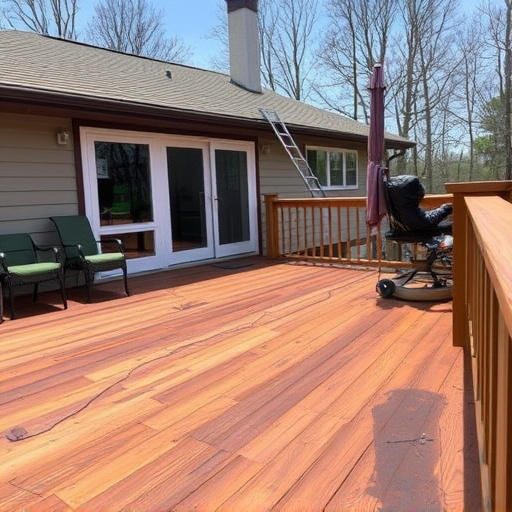
In the realm of commercial decking, understanding the intricate web of requirements and regulations is paramount for any construction or renovation project. These standards are designed to ensure safety, durability, and compliance with local building codes. When it comes to commercial decking, factors such as load capacity, material strength, slip resistance, and fire safety become critical considerations. Developers and contractors must navigate these constraints while also keeping an eye on aesthetics and functionality, ensuring that the final product not only meets but exceeds industry benchmarks.
Regulations governing commercial decking often involve a combination of national, state, and local guidelines. These include specific requirements for structural integrity, especially in regions prone to harsh weather conditions or high wind loads. Additionally, considerations related to accessibility, such as ramp installations and handrail placement, are essential to cater to diverse user needs. Home service solutions that specialize in commercial siding replacement can play a pivotal role here, offering expertise in ensuring that decking installations comply with these multifaceted regulations, ultimately contributing to safer and more sustainable built environments.
Material Selection for Safe and Durable Decks
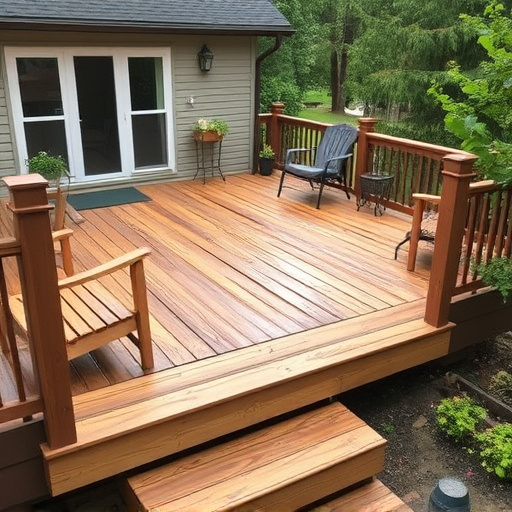
When it comes to commercial decking, material selection is paramount for both safety and durability. High-quality materials such as treated wood, composite decking, and aluminum are ideal choices for creating robust and secure decks that can withstand heavy use. Treated wood, for instance, offers excellent resistance to rot and insects, ensuring the deck’s longevity. Composite decking is another popular option known for its low maintenance and high durability, making it a preferred choice for many commercial spaces.
Moreover, incorporating materials that are resistant to storm damage is crucial in regions prone to harsh weather conditions. This includes selecting deck surfaces that can endure strong winds, heavy rain, and even snow accumulation without compromising structural integrity. Roofing solutions designed specifically for outdoor structures can also contribute to the overall safety and durability of the commercial decking, providing additional protection from the elements and enhancing the need for regular home exterior services maintenance.
Ensuring Compliance: Installation and Maintenance Practices

When installing commercial decking, adhering to safety standards and local building codes is paramount. Proper installation practices ensure that the deck is secure, durable, and safe for all users. This involves following specific guidelines regarding material selection, structural integrity, and surface treatments. Regular maintenance is equally critical; it includes routine inspections, siding repairs, and reapplication of protective coatings to safeguard against environmental wear and tear.
By integrating these best practices, commercial decking contractors can guarantee compliance with safety regulations and building codes. Moreover, they contribute to the longevity and aesthetic appeal of the deck, considering essential aspects like roof repair or replacement that might arise due to damage or aging. This proactive approach not only ensures a safe environment but also maintains the investment value of the property.
When it comes to commercial decking, adhering to safety standards and code regulations is paramount. By understanding the specific requirements, selecting robust materials, and implementing best practices during installation and maintenance, businesses can create durable and secure decks that enhance their facilities without compromising safety. Commercial decking, when done right, becomes an asset that adds value and functionality to any space.


